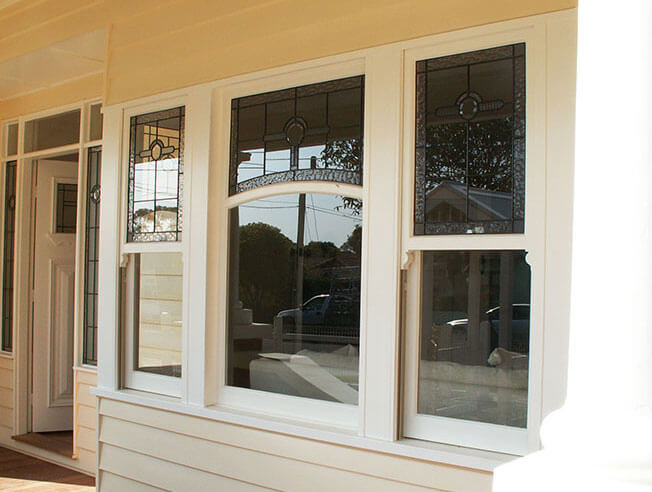All Categories
Featured
Table of Contents
Double Glazed Windows & Doors Melbourne & Sydney in Shelley Western Australia
Glazing merely means the windows in your house, consisting of both openable and set windows, in addition to doors with glass and skylights. Glazing really just means the glass part, however it is usually used to refer to all aspects of an assembly consisting of glass, movies, frames and home furnishings. Taking notice of all of these aspects will help you to achieve reliable passive style.

Energy-efficient glazing makes your home more comfy and dramatically lowers your energy expenses. Nevertheless, improper or poorly created glazing can be a major source of unwanted heat gain in summer and significant heat loss and condensation in winter. Approximately 87% of a home's heating energy can be gained and approximately 40% lost through windows.
Brisbane's Best Double Glazed Windows in Ballajura WA
Glazing is a considerable financial investment in the quality of your home. The cost of glazing and the cost of heating and cooling your house are closely related. An initial financial investment in energy-efficient windows, skylights and doors can considerably decrease your yearly heating and cooling costs. Energy-efficient glazing likewise lowers the peak heating and cooling load, which can minimize the required size of an air-conditioning system by 30%, causing further cost savings.

This tool compares window selections to a base level aluminium window with 3mm clear glass. Understanding some of the crucial homes of glass will help you to select the best glazing for your home. Secret properties of glass Source: Adapted from the Australian Window Association The amount of light that goes through the glazing is referred to as noticeable light transmittance (VLT) or noticeable transmittance (VT).
Double Glazing Vs Triple Glazing For Windows (2023) in Mount Nasura Perth
The U worth for windows (revealed as Uw), describes the conduction of the whole window (glass and frame together). The lower the U value, the greater a window's resistance to heat flow and the better its insulating worth.
If your house has 70m2 of glazing with aluminium frames and clear glass with a U value of 6. 2W/m2 C, on a winter's night when it is 15C colder outside compared with inside, the heat loss through the windows would be: 6. 2 15 70 = 6510W That is equivalent to the overall heat output of a big room gas heater or a 6.
Double Glazing Versus Secondary Glazing in Darling Downs Western Australia

If you pick a window with half the U value (3. 1W/m2 C) (for example, double glazing with an argon-filled gap and less-conductive frames), you can halve the heat loss: 3. 1 15 70 = 3255W The solar heat gain coefficient (SHGC) for windows (revealed as SHGCw) measures how readily heat from direct sunlight streams through a whole window (glass and frame together).
The lower a window's SHGC, the less solar heat it sends to the house interior. The actual SHGC for windows is impacted by the angle that solar radiation strikes the glass.
Double Glazing Vs Triple Glazing For Windows (2023) in Queens Park WA
When the sun is perpendicular (at 90) to the glass, it has an angle of occurrence of 0 and the window will experience the maximum possible solar heat gain. The SHGC stated by glazing producers is constantly computed as having a 0 angle of incidence. As the angle increases, more solar radiation is reflected, and less is transmitted.
Latest Posts
Reglazing Single Glazed Windows With Double Glazed Units in Yokine Western Australia
Double Glazed Windows in Wattleup Perth
Why You Need Secondary Glazing In The Summer in Viveash Perth